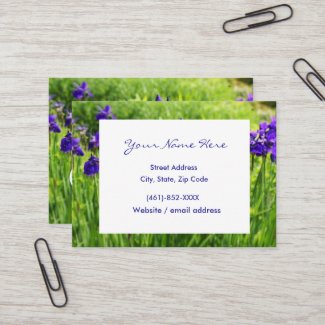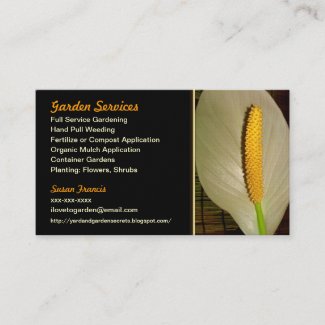A window box garden is a good way to improve the appearance of your home and to add curb appeal. A home that features window boxes at the entrance feels welcoming and cozy. If you have limited space in the yard a window box garden is a nice way to grow flowers and herbs. Caring for your garden is easy as many can open up the window to water their plants or harvest the herbs.
There are many window boxes to choose from; many are made of wood and some are plastic and mount to the outside of your window. Newer window boxes are resin frames that you line with moss and then fill with dirt. These moss-lined boxes are well suited for Mediterranean style homes and the wood window boxes to look good on traditional or vintage homes. Choose the window box that compliments your home.
Look for window boxes at garage sales, flea markets, antique stores and at your local garden center. If you are handy with wood and tools you can purchase plans for a window box and make one, then all you will need to purchase is the hardware to attach the box to your home. Treat the wooden box for pests. You would want to deter carpenter ants, termites, and other wood-boring pests from eating your window box. Decide if you want to finish the window box with a stain or if you want to paint the wood box. If you choose paint then seal the window box with a water repellent. This repellent will prevent the box from water damage.
Get window Box ready for planting:
Buy a plastic container to line your window box. The plastic container will hold the potting soil for your plants and it will prevent the wooden window box from deteriorating. Check the plastic container for drainage holes. If the liner has no holes then use your drill to make holes in the bottom of the plastic liner. The holes must be large enough to let the excess water out.
Attach the wooden window box to the outside of the window, then set the plastic container inside the wooden window box and fill with a mixture of potting soil and compost.
Choose plants for window box:
Determine your color scheme. If your home is painted with neutral exterior paint, you could choose a bright assortment of flowers for your window box. Yellow, orange, purple, pink, red, or purple flowers would compliment your homes color scheme.
Seasonal window box design tips:
Rejuvenate your window boxes for the autumn season by adding cold hardy purple pansies, yellow mums, and Baltic ivy. You can then buy small plastic pumpkins and glue them to the end of a craft store stick (20 inches) Insert the pumpkin head sticks into the soil and you have decorated your window box for autumn.
Spring window boxes should be colorful and cheerful. Plant a mixture of tulips, daffodils, grape hyacinths, and Baltic ivy along the rim. Purchase 20-inch sticks from the craft store and small plastic spring decorations; butterfly, dragonfly, or Easter egg. Then stick the decorated stick into the soil and you have a window box that will be well received by adults and children.
Window box image by: Alelk Sandak, Freerangestock.com first image, 2nd image pixabay.com





















